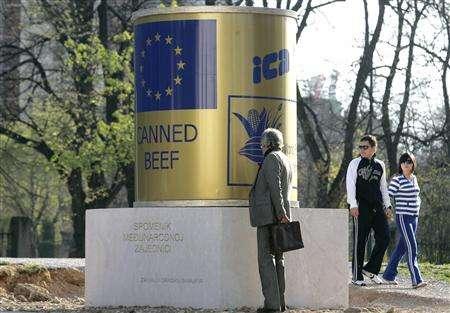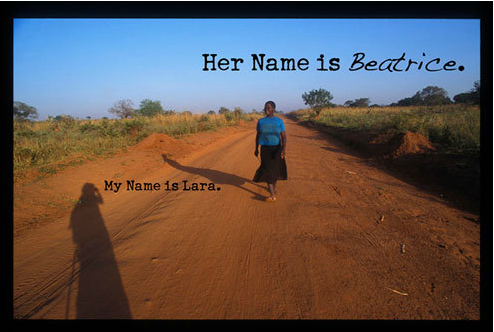Social Reconstruction
Stari Most, 16th century Ottoman bridge that was destroyed by Bosnian Croat soldiers in 1993. It was rebuilt in 2004, and is now a UNESCO world heritage site and a prominent symbol of social repair in Bosnia-Herzegovina. Photo by Erin Jessee.
For our final class, we’ll consider anthropological approaches to the subject of social reconstruction in the aftermath of political violence. We’ll begin with Hariz Halilovich’s “Beyond the Sadness: Memories and Homecomings Among Survivors of ‘Ethnic Cleansing’ in a Bosnian Village,” which relates the post-genocide experiences of Edita Hegić to create a “written memorial to all those who perished and an affirmation of those who survived but whose stories would not have been otherwise heard and remembered” (p. 43). Halilovich asks researchers to consider whether – in the course of genocide – memories cannot be perceived as forcibly displaced, and whether this effect is not something that researchers can counter by listening and bearing witness to individual experiences of social suffering. Next, we’ll look at Carolyn Nordstrom’s chapter “The Tomorrow of Violence,” which identifies the various “enduring legacies” of political violence in terms of its impact on individual civilians’ physical and mental health, increased incidences of domestic violence within families, and increased crime rates within communities (p. 224).
But what is largely missing from these very valuable discussions of the long-term legacies of political violence is sustained consideration of individual and communal acts of resilience, social repair, and social vitality. Why might this be the case? To what extent is it perhaps influenced by modern ethnographers’ efforts to resist anthropology’s past trajectory: namely, Nancy Scheper-Hughes criticism that early ethnographers oriented their readers “like so many inverse bloodhounds on the trail and on the scent of the good and the righteous” while ignoring the violence that impacted the daily lives of their participants [1]. And how does this ultimately influence ethnographic understandings of political violence?
Finally, just a polite reminder to please complete your course evaluations before the April 10th deadline, if you haven’t done so already…
[1] Nancy Scheper-Hughes. 2002. “Coming to Our Senses: Anthropology and Genocide.” In Annihilating Difference: The Anthropology of Genocide, ed. A. Hinton, 348-381. Berkeley: University of California Press: 348-349.





